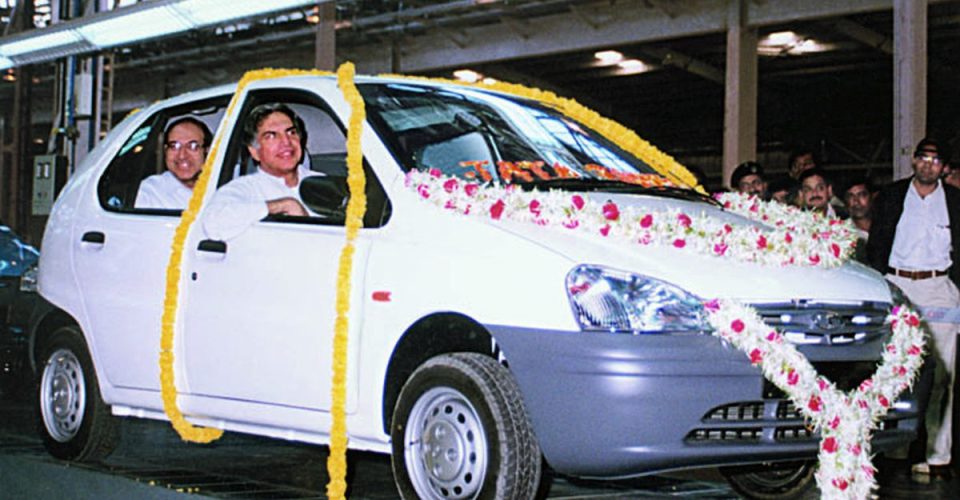India’s automotive landscape was long dominated by cars like the Maruti, which had Suzuki’s name attached, and the Ambassador, an Indian-made version of the British Morris Oxford. What India lacked was a fully indigenous car—until the Tata Indica was unveiled in 1998 at the Auto Expo in Pragati Maidan, thanks to the vision of Ratan Tata.
A Dream Realized
The idea of building a truly Indian family car had been envisioned by JRD Tata, but government restrictions in his time made it impossible. It wasn’t until Ratan Tata became chairman of Tata Sons in 1991, following India’s economic reforms, that this vision took shape. In 1993, Ratan Tata announced his plan to create a car that would be the size of a Maruti Zen, as spacious as an Ambassador, and priced competitively with the Maruti 800, while running on affordable diesel fuel.
The Challenges of Building an Indigenous Car
Ratan Tata assembled an expert team of engineers to design the car at TELCO’s Engineering Research Centre. Investing ₹120 crore into Computer-Aided Design (CAD) technology, Tata brought in the best resources to ensure the car’s design was world-class. After Indian engineers developed the initial concept, it was refined by a renowned automotive design institute in Turin, Italy, and French engineers contributed to the engine.
For Ratan Tata, using international expertise was not a betrayal of his vision, but a way to learn from the best. A prototype was created and shipped to Pune, India, where mass production would soon become the next challenge.
Manufacturing a Game-Changer
Mass-producing the Indica was a monumental task. Workers and vendors, accustomed to building trucks, had to adapt to the precision required for car manufacturing. Ratan Tata worked closely with local manufacturers to ensure that nearly 98% of the Indica’s parts were made in India, creating 12,000 jobs in the process.
To ensure smooth production, a separate assembly line was set up in the TELCO factory in Pune. Tata went to great lengths to make the manufacturing process efficient and worker-friendly, even importing an unused Nissan plant from Australia and introducing robots to prevent back-breaking labor. By mid-1999, the factory was producing a car every 56 seconds.
The Setbacks and the Comeback
Despite high initial demand, with over 1.25 lakh pre-orders, the first version of the Indica faced many problems, from manufacturing defects to technical issues. Critics were quick to pounce, calling Tata’s foray into passenger cars a “vanity project.” Ratan Tata, however, was determined to fix the problems. The company held nationwide customer camps, spending ₹500 crore to replace faulty parts free of charge.
Meanwhile, Tata Motors engineers worked to refine the car, leading to the release of the Indica V2, which became one of India’s most successful vehicles. While still not as polished as some global rivals, the Indica V2 won over customers with its value-for-money proposition—spacious, affordable, and fuel-efficient, especially being the only diesel option in its class.
A Legacy of Belief
The Indica’s success was not just a technological achievement, but a testament to Ratan Tata’s unwavering belief in his vision and his people. He instilled confidence in Tata Motors’ engineers, and his perseverance turned the Indica into a game-changer for India’s automotive industry.

